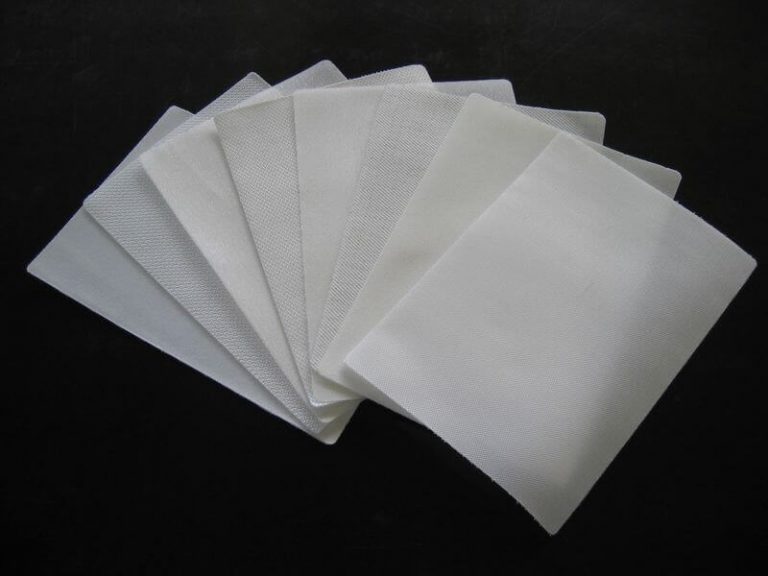- contact@shankartechx.com
- +91-7228999337
Many industries use filtering tools for performing different tasks. Filter cloths are used in various ways, from water filtration to reducing airborne dust particles to filtering food and blood plasma. The right filter cloth is required to achieve the desired filtration. The wrong fabric won't help you achieve the results you want. Let's look at the different types of filter cloths on the market and their common uses.
It is one of the most popular types of filter fabric on the market. The nylon cloth for filtration best filters rough specks of dust and harsh, wet solids in low-temperature conditions.
These types of filter cages are used in various industrial fields. Cotton is also a popular choice for filter cages. The material can be used to make hotel sheets, tarpaulin tents, uniforms for the army, and other products. They are widely used to make medical products such as bandages, cotton wool, and gauze, which prevent blood flow.
Due to its high quality and service standards, polypropylene filtration fabrics are in demand across many industries. It is used for the liquid-solid filtering process. Polypropylene is used for dye production because it has low moisture absorption.
The filter fabric manufacturer in India provides filter cloths used in heavy industries to reduce air pollution. Filter sleeves are used to reduce dust particles released into the air. The filter fabric is widely used in these areas.
You can choose the filter backing fabric manufacturers based on that company's reputation, experience, production capability, product quality and cost.
Shankar Techx is a FIBC bags supplier of filtration fabrics, belting fabrics, Geotextile, Ground cover, Geosythntetic liners, coating subtracts, impression fabrics, etc. Our products are designed to meet the requirements of India's top industries. Our products can be used in different sectors for separation, drainage and filtration purposes. Our products come at a competitive price. Call us for further information.
Also Visit: A Closer Outlook of the Different Types of Coating Materials
